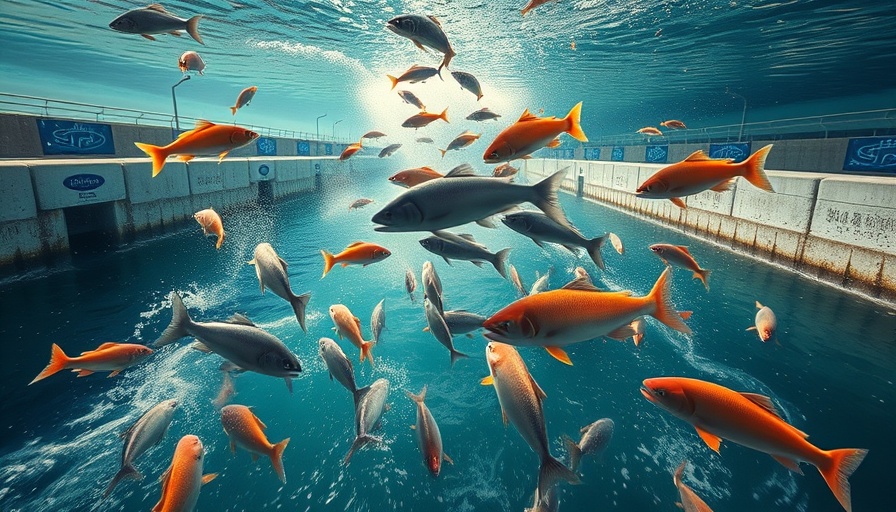
AI's Growing Role in Mycotoxin Management
Amid rising concerns about food safety, the use of artificial intelligence (AI) is emerging as a transformative tool for the poultry industry, particularly in the management of mycotoxins. Professors Chris Elliot and Rudolf Krska, leading figures at this year’s World Mycotoxin Forum in Salzburg, emphasize the potential of AI to revolutionize diagnostic and preventive approaches in this critical area. They point out that AI’s ability to analyze vast datasets can help pinpoint trends in mycotoxin contamination, substantially improving decision-making.
The Importance of Data Integrity
Despite the promising applications of AI, both experts caution that its effectiveness hinges on the quality of input data. As Prof. Krska noted, "Data is the foundation" of reliable AI solutions in agriculture. A staggering 80% of agricultural commodities may be affected by mycotoxins, which makes having access to comprehensive and accurate datasets all the more essential. The call for better data management and governance cannot be overstated; if stakeholders do not trust the systems in place, their willingness to share data may diminish, leading to gaps in AI models.
The Limitations of AI
While AI promises significant advancements, it is vital to acknowledge its limitations. Prof. Elliot warns against assuming that AI will solve all challenges in the poultry industry. Through experimentation, he found that even slight variations in data queries could yield disparate results from AI systems, highlighting the necessity for careful validation and trustworthy AI governance. The journey ahead must include developing reliable AI applications that complement traditional methods rather than replace them.
Future Pathways for the Poultry Industry
As AI technology continues to evolve, its integration into mycotoxin management could lead to smarter risk assessments and enhanced food safety protocols. This collaboration can ultimately foster not just regulatory compliance, but also contribute to animal welfare and operational efficiency. The upcoming discussions at the World Mycotoxin Forum promise to address these critical developments further.
In this complex technological landscape, staying informed and engaged with innovations like AI is crucial for poultry professionals. By understanding the potential and limitations of these tools, stakeholders can better position themselves to navigate the modern challenges of food safety and animal health.
 Add Row
Add Row  Add Element
Add Element 



 Add Row
Add Row  Add
Add 
Write A Comment